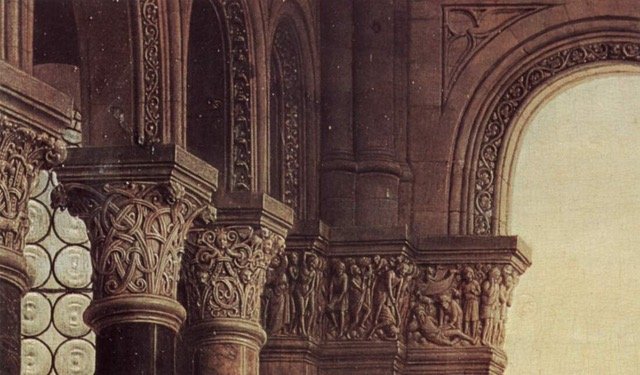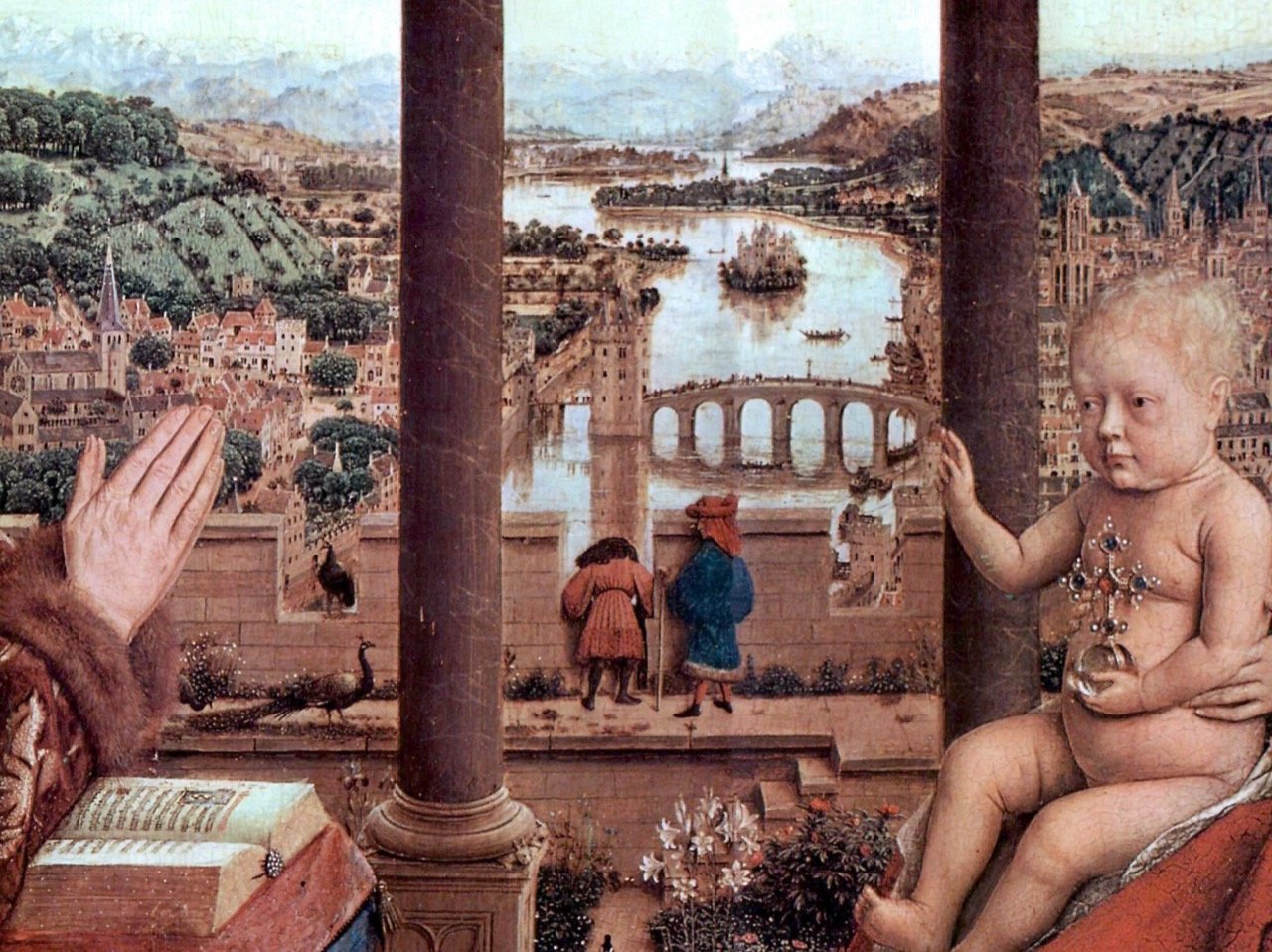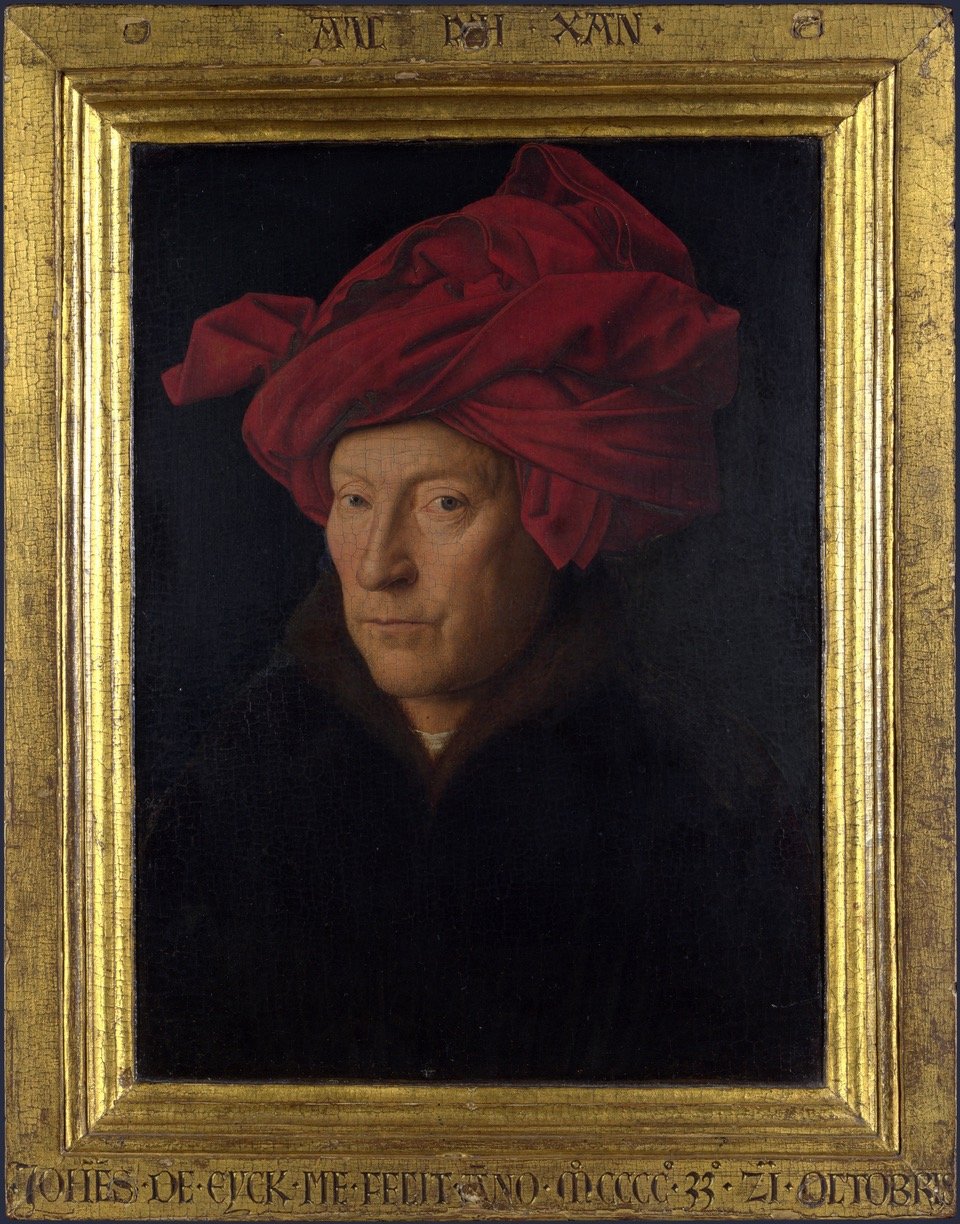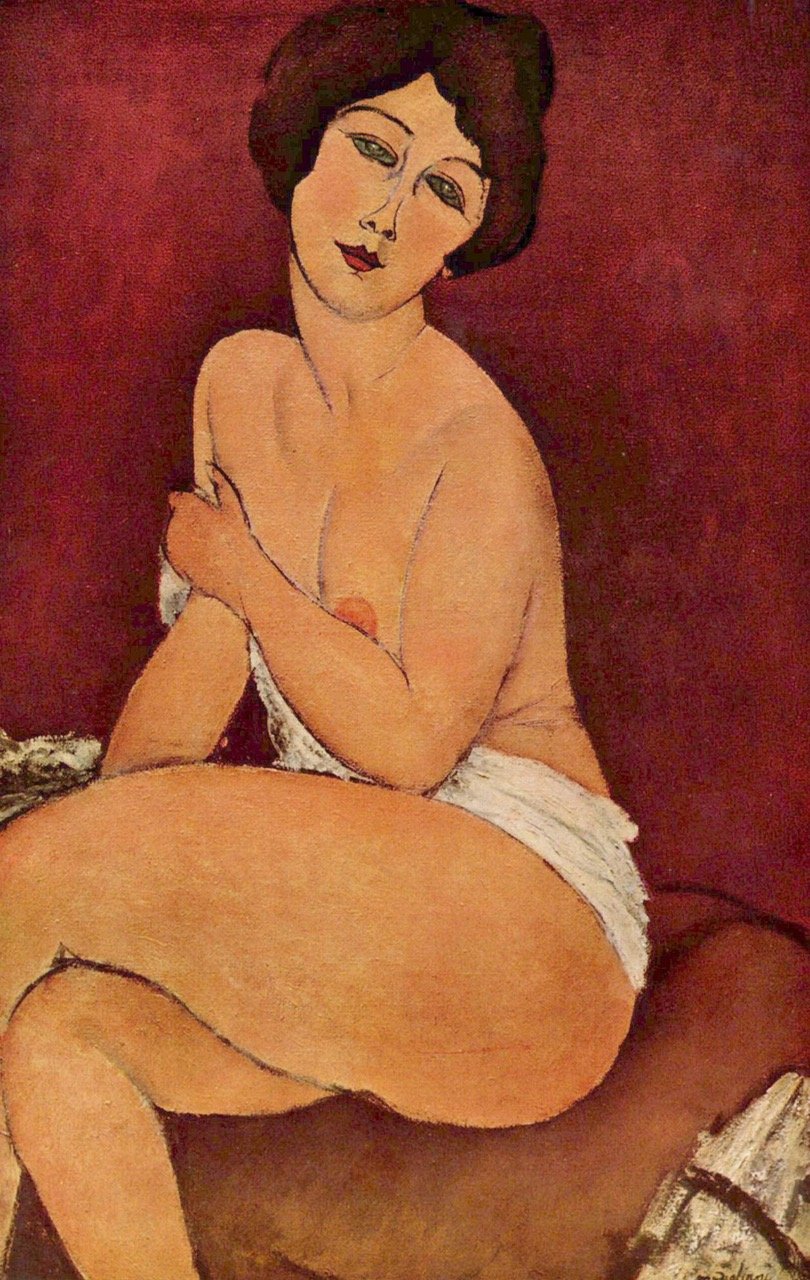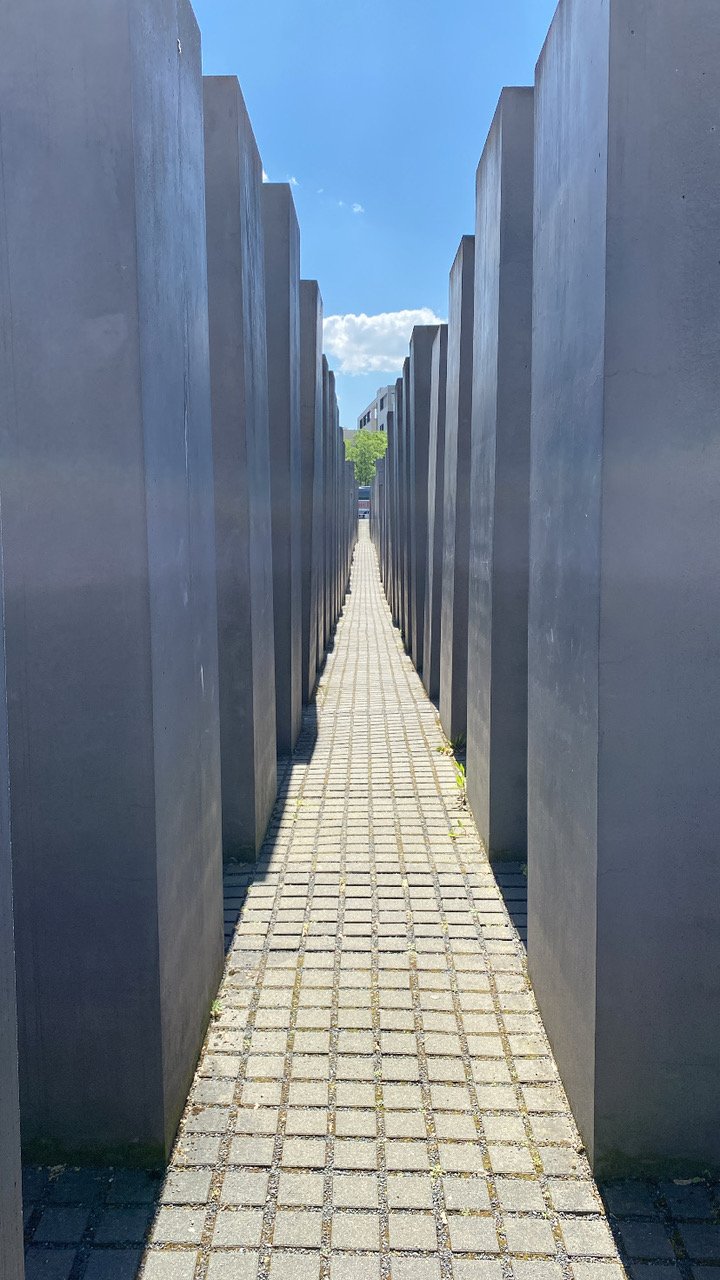Ich bin ein Berliner II
Newsletter 06.09.2024
Bienvenue and welcome back to Musée Musings, your idiosyncratic guide to Paris and art. This week, we’re back to Berlin but first an Erratum & a Quick Review.
Erratum: Mark pointed out that the photo I posted with Roosevelt, Churchill and Stalin was the Yalta Conference. Roosevelt was dead before the first of the two Potsdam Conferences. Harry Truman attended the first Potsdam conference with Churchill and Stalin. (Figs 1, 1a) By the second Potsdam Conference, Churchill had been voted out of office and replaced by Clement Attlee. A fourth country shared divided Germany and divided Berlin, but didn’t attend any of the conferences. That was France and that was because Roosevelt hated de Gaulle or maybe Churchill did, or maybe it was Stalin. Maybe they all did. The only one who attended all three meetings was Stalin. See how much more continuity there is in dictatorships!
Figure 1. Potsdam Conference site
Figure 1a. Potsdam Conference attendees
Quick Review: I have already told you about the fabulous exhibition at the BnF, Richelieu called “L’Invention de la Renaissance.”(Fig 2) It’s on until 16 June. You should see it. And explore this beautiful Library and its garden while you are there.
Figure 2. L'Invention de la Renaissance’ BnF Richelieu (through June 16)
Another exhibition I saw before the whirlwind that is Nicolas arrived is at the Louvre until 17 June. It too is a must see. Called “Re Voir Jan van Eyck; Rencontre Avec Un Chef-Oeuvre,” (Figs 3, Fig 3a) it focuses on a painting by Jan van Eyck that has recently been restored, “The Virgin of the Chancellor Rolin.” It merits this ‘relook’.
Figure 3. Re Voir Jan van Eyck; Rencontre Avec Un Chef-Oeuvre (through June 17)
Figure 3a. The Madonna of the Chancellor Rolin, Jan van Eyck, ca 1435, Louvre
The exhibition is in a clutch of small rooms, which limits the number of people allowed into the exhibition. So there may be a short wait. But once inside, you are neither hurried nor jostled. You are surrounded by truly lovely paintings gathered to explain and enhance the curators’ exploration of van Eyck’s masterpiece. This is art history at its best. When I was teaching and it came time for students to choose a paper topic, I encouraged them to pick a painting and then, like tossing a pebble into a lake, explore the ripples that interested them. And that’s exactly what this exhibition does, through comparisons and contrasts with other paintings by van Eyck and his contemporaries.
When the painting was commissioned ca 1435, Nicolas Rolin was the powerful chancellor for the Duke of Burgundy. And Jan van Eyck was the most celebrated painter in Flanders. Portraits by van Eyck aren’t known for their flattery but for their accuracy. Van Eyck did not hesitate to record the facial imperfections of his sitters - their scars, their wrinkles - as he does in this portrait of Chancellor Rolin. (Fig 4)
Figure 4. The Madonna of the Chancellor Rolin, detail of Chancellor’s face
Usually in paintings where humans share a space with divine personages, there is something or someone acting as a barrier, to establish the difference in status. Sometimes the humans are much smaller, sometimes a saint introduces the divine personage, sometimes there is a partition between the earthly and the divine. But not here. The angel hovers behind the Virgin. Not between Rolin and the Virgin and Child. They are all the same size and inhabit the same space. Van Eyck celebrates the Chancellor's earthly status and religious piety.
The scene is set in a loggia (a covered exterior space). A series of columns separates it from the landscape beyond. I have always been a fan of pictures within pictures. In this painting, Old Testament scenes embellish the carved column capitals. (Fig 5). The pattern on the marble floor directs our gaze into the garden beyond. Which is inspired both by medieval gardens and references to the Virgin as an ’enclosed garden.’ This garden is filled with birds, peacocks, rabbits, flowers. (Fig 6) Decorative yes but all with symbolic meanings and moral connotations, too.
Figure 5. The Madonna of the Chancellor Rolin, detail of Historiated and Foliated Column Capitals
Figure 6. The Madonna of the Chancellor Rolin, detail of peacock and Lillies, other birds, other flowers
Between the garden and the distant landscape/cityscape, two figures share a ledge with a peacock. (see above Fig 6) One of the figures wears a red turban. Jan van Eyck’s, Portrait of a Man, which may be a self portrait, wears the same turban (Fig 7). Perhaps the artist has inserted himself to guide our gaze.
Figure 7. Portrait of a Man (self portrait?) Jan van Eyck, National Gallery, London
The two figures look towards a city separated by a river, surrounded on each side by vegetation, depicted almost like a topographic map. As Leonardo would do 90 years later, the mountains that are the farthest away are hazy and blue. (Fig 8) The curators contend that this is not a real place but an “idealized vision of Chancellor Rolin’s spiritual world”.
Figure 8. Mona Lisa, Leonardo da Vinci, Louvre (look at the background - indistinct & blueish)
I go to the Louvre either to see specific paintings in the permanent collection or to see temporary exhibitions. This exhibition is both. And it’s perfect.
Back to Berlin.
As I mentioned, on Day 1, Nicolas and I visited four of the five graffiti sites I found online. They were Rosenthaler Str. 39, Oranienstr, Gorlitzer Park, where we sat on the grass and ate bagels. (Fig 9) And the East Side Gallery - the Berlin Wall. We didn’t make it to Revaler Str. 99 - maybe you will!
Figure 9. Eating bagels in Gorlitzer Park, Berlin
On Day 2, after my guided tour of so much more than Potsdam, I stayed to visit Schloss (Palace) Sanssouci, (No worries in English, Hakuna matata in Swahili). I followed the audioguide’s route. I learned that little Sanssouci (10 rooms) was built in 2 years, (1745-1747). As a private residence for Frederick II. Where he could relax with family and friends. This elegant, single level building sits atop a terraced, vineyard hillside. (Figs 10, 11, 12) In the center of a French formal garden. With panoramic views of the surrounding countryside.
Figure 10. Sanssouci, Potsdam
Figure 11. Sanssouci, Potsdam
Figure 12. Sanssouci, Potsdam
Let’s see, what else. The French philosopher, Voltaire visited but may not have slept in the bedroom which now bears his name. (Fig 13, 14) Martin Walker, author of the Bruno books, which take place in a fictional town in the Perigord, a series which is, btw, extremely popular in Germany, wants me to tell you that “Fred the Great asked Voltaire where he could get a good cook for the private palace. Voltaire suggested Andre Noel of Perigueux (editor: capital of the Perigord), Noel sent his son, also Andre to whom Fred the Great subsequently wrote poems of admiration, calling Noel 'this Caesar of cuisine…’"
Figure 13. Voltaire Room, Sanssouci, Potsdam
Figure 14. Me and Voltaire (and unknown gentleman) in Voltaire Room, Sanssouci, Potsdam
Oh and this. Frederick the Great was succeeded by his nephew. Because he never consummated his arranged marriage. Because he was gay. His father, Frederick I, tried to make his son into more of a man, so he hit him frequently and violently, in private and in public, with a cane one time in front of army troops. When Frederick fils was 18, he fled the palace with one of his lovers. They were caught, of course. And as punishment, Frederick père forced his son to watch his lover being beheaded. Despite that upbringing, Frederick II became a successful ruler, on the battlefield and with his people. He became Frederick the Great.
Oh and also this. In the 1740s, to fight famine, Frederick II introduced a new, easy to grow vegetable to his kingdom, the potato. Which had been brought to Europe nearly 200 years earlier by Spanish conquistadors returning from South America. Frederick’s crypt is in the main courtyard of Sanssouci. I saw a woman toss a potato onto the crypt when I was there. (Fig 15) That’s how Germans honor their beloved ruler.
Figure 15. Potatoes on Frederick the Great’s crypt at Sanssouci (I saw the woman toss the potato that missed!!)
Just down the road from Sanssouci is a much bigger chateau/palace (over 200 rooms) that I didn’t visit. Neue Palace was built 20 years after Sanssouci to celebrate Prussia’s victory in the Seven Year’s War. Frederick had a suite a rooms there, but he didn’t live there, its purpose was to receive important royals and dignitaries (Fig 16).
Figure 16. Neues Palais, Potsdam
After Sanssouci, I walked back into Potsdam to visit the Barberini Museum. I have been receiving emails from this museum for a while. Each time I wonder why a museum in Germany is called the Barberini. Now I know. The museum, which opened in 2017, is a reconstruction of the ‘Palais Barberini' that Frederick the Great built in 1771-72, modeled on the Palazzo Barberini in Rome. (Figs 17, 18) The building was destroyed in 1945. When the wealthy philanthropist, Hasso Plattner underwrote its reconstruction, it was because he wanted a place for his own art collection, (lots of French impressionist paintings) and a place for temporary exhibitions, too.
Figure 17. Barberini Museum, Potsdam
Figure 18. Palazzo Barberini, Rome
I went to see the temporary exhibition on the work of Amedeo Modigliani, called Modigliani: Modern Gazes. (Fig 19) Modigliani has been featured in a number of exhibitions in Paris recently, from the 2021 ‘Chagall, Modigliani, Soutine, Paris pour école’ at mahJ to ‘A painter and his dealer,’ at the Musée du l’Orangerie last year. Those exhibitions placed Modigliani strictly within a Parisian context. This exhibition expands the scope. It includes more than 50 portraits and nudes by Modigliani and 33 paintings, drawings, and sculptures by other artists. In addition to artists whose careers unfolded in Paris, there are paintings by German and German speaking artists like Gustav Klimt, Egon Schiele and Ernst Kirchner. (Figs 20, 21, 22) And female artists too, like the French artist Emilie Charmy and the Russian born Natalia Goncharova; the German Paula Modersohn-Becker and the Mexican Frida Kahlo (Figs 23, 24, 25). Women who fought against social, cultural and artistic barriers. The exhibition goal is to establish Modigliani as an artist “who turned his gaze to emancipated women.” By reducing “references to the sitter's social background to a minimum, his portraits of women (Figs 26, 27) and nudes show the self-confident matter-of-factness of a femme moderne.” Interesting premise for paintings of nudes.
Figure 19. Modigliani Moderne Blicke (Modern Gazes), Barberini Museum, Potsdam
Figure 20. Seated Nude, Ernst Kirchner, 1911
Figure 21. Seated Nude, August Macke, 1910
Figure 22. Seated Nude, Amedeo Modigliani, 1918
Figure 23. Reclining Nude, Emilie Charmy
Figure 24. Reclining Nude, Paula Modersohn-Becker, 1905
Figure 25. Reclining Nude, Amedeo Modigliani
Figure 26. Johanna Staude, Gustav Klimt, 1917/18
Figure 27. Young Girl in Striped Blouse, Amedeo Modigliani, 1917
Day 3, still alone and still loving it, I took a 4 hour Discover Berlin tour. But first I had to get to the meeting place. It was a different tour company, so it was a different meeting place. The first one had been easy - one metro, three stops. For this one I had to transfer to a tram. Which was above ground. With so many metro exits, I didn’t know which one to take. A very nice guy escorted me to the stop. A tram was approaching, was it the right one? Who knows? I watched it go by.
Luckily, a very tall, very young man, wandered over. Yes, we were taking the same tram. Whew. He told me that he was so tall because he was from Lithuania. I told him that one of my daughter’s friends at UC Berkeley was the daughter of Sarunas Marciulionis, a basketball player from Lithuanian, who played for the Golden State Warriors. And I told him this story. When the Lithuanian basketball team won a spot at the 1992 Olympics, they couldn’t afford to go. When the San Francisco rock band, The Grateful Dead, read about the team's predicament, they paid for the team’s trip. And they had tie-dyed basketball tee shirts and shorts designed for them. Which the team wore on the winners’ podium when they won a Bronze medal (beating out the Russians). The young man didn’t interrupt my story, but afterwards he told me that he knew it from history class. He didn’t stop me, he said, because he was so surprised that anyone not Lithuanian would know it. He also told me that those tie-died tee shirts are now very expensive collector’s items. (Fig 28)
Figure 28. Lithuanian Basketball Team winning Bronze Medal, Olympics 1992
On this ‘Discover Berlin’ tour, there were no trains, trams or buses to catch. We walked and walked and walked. To the Brandenburg Gate and the Former SS & Gestapo Head Quarters; to Checkpoint Charlie and the Book Burning Memorial; to the Former Luftwaffe Head Quarters and Hitler’s Bunker. We visited the Holocaust Memorial. It was silent and respectful, the perfect way to pay my respects. (Figs 29, 30)
Figure 29. Jewish Memorial, Berlin
Figure 30. Jewish Memorial, Berlin
One fun fact that our guide also shared, about Ampelmann, (little traffic light man). Prior to German reunification in 1990, East and West Germany each had their own stop and go figures. In West Germany, the figure was a generic human. In East Germany, the figure was a man wearing a hat. The East Germans loved their Ampelmann. It’s one of the few East German symbols that survived unification. (Fig 31)
Figure 31. The East German ‘stop and go’ figures for pedestrians at traffic lights. Which are used now - one of the few symbols of East Germany that have remained.
I had planned to visit the Alte Museum on the lovely Museum Island after the tour because it was near where the tour began. But the tour ended near Checkpoint Charlie. A quick google maps check and I discovered that the Jewish Museum was less than 1 km away, so that’s where I went. Oh gosh, I’ve run out of space, again. Back to Berlin next week for one last time. Gros bisous, Dr. B.
Thanks to everyone who took the time to send comments, they are very much appreciated.
New comments on Ich bin ein Berliner:
Dear Beverly, ironically, your account of your trials and tribulations in the Dordogne, which must have been horrible to endure, was a delight to read. Valiant writing! Morris, N. Carolina
It was great to read about Berlin my hometown though I have lived outside San Francisco since 1961! But love returning there. I look forward to the second installment of your visit. Your reporting is always delightful to read and I look forward to it every week. Thank you for sharing your insights about art and all else you write about. I very much enjoy reading your musings. Susanne O.
More “ tsuris” with the sale of your place. Finally over except for getting your money!!! Sounds like you have to go to California. Can’t wait to hear what else you enjoyed in Berlin. Deedee, Baltimore
Just like you, I haven't been anxious to visit Germany though I did go to Hamburg when my daughter lived there. It was only slightly traumatic. Seeing all the bright brass bricks on the sidewalks, memorializing the residents of the adjacent apartment buildings was a grim reminder of all the Jews who perished in the war. I was told that once a year, the bricks are cleaned and polished by the non-Jewish residents of the city. I appreciate the acknowledgement of the past by the Germans. In contrast, Austria is totally unapologetic for their enthusiastic participation in the Holocaust. Not to mention the Poles, Lithuanians, etc. In July, I'll visit Berlin for the first time before embarking on a sailing trip to Iceland. I'm finally ready to face the city. Thanks for your comments on Berlin. They will help with my itinerary. Sharon, Haifa
Copyright © 2024 Beverly Held, Ph.D. All rights reserved
Dear Reader, I hope you enjoyed reading this article. Please sign up below to receive more articles plus other original content from me, Dr. B. Merci!
And, if you enjoyed reading this review, please consider writing a comment. Thank you!







